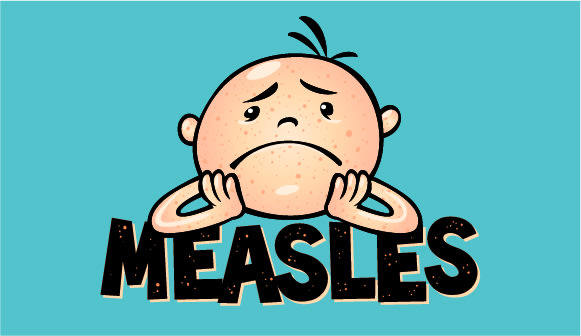What are growing pains?
How to tell if your child is getting bigger or dealing with a joint condition.
Article Author: Katie McPherson
Article Date:

If your child has ever complained of his legs throbbing at night, he may be experiencing growing pains. Many children go through these pains as they get bigger, but how do you know when something more serious is going on in their growing bodies?
Getting bigger is a pain
Jennifer Rammel, MD, a pediatric rheumatologist with Wolfson Children’s Hospital and the UF College of Medicine – Jacksonville, explained that growing pains tend to happen at certain ages for nearly half of all kids.
“Growing pains are intermittent, benign musculoskeletal pain, and they can happen in up to 40% of children. I’ve had experience with growing pains both as a physician and as a mom to a toddler,” she said. “They most commonly occur during the peak of growth in the 3- to 5-year-old range, and again at ages 8 through 12, right before puberty. They typically cause leg pain in both legs in the shins, thighs or behind the knees. The pain typically presents in the evening time and it can be worse on days where there’s more activity.”
Could it be chronic?
While growing pains may just be part of growing up, persistent joint pain or rheumatologic issues aren’t normal for children. How can you tell if your child is experiencing something more serious?
Red flags include:
- Severe, persistent pain
- Limping
- Pain that wakes them in the middle of the night
- Joint swelling, fever, rash or weight loss
Additionally, if the growing pains never really go away, it may be time to have your child evaluated for other possible joint conditions.
“Juvenile idiopathic arthritis (JIA) is the most common autoimmune disease I care for as a pediatric rheumatologist,” Dr. Rammel said. “JIA can begin at any age from toddlerhood up, and typically presents with joint swelling that stays there for more than three days, stiffness in the mornings or after naps, and persistent limping or pain.”
Dr. Rammel explained that every person has about a 1% risk of developing an autoimmune disease, regardless of their health or family history. Children with a family history of autoimmune conditions have about a 5% chance of developing one, too, so it’s important to know your family history can impact your child’s joint health.
The downside of being double-jointed
Children can also experience chronic joint pain if their joints are hypermobile, commonly known as being double-jointed (about 10% of the population has this trait). In fact, pain from hypermobile joints is the symptom most commonly confused with growing pains.
“This confusion doesn’t happen as much with JIA since there’s swelling, stiffness and limping, but patients with joint hypermobility often get told over and over that it’s just growing pains,” said Dr. Rammel. “There can be overlap between the two and hypermobility can make growing pains worse, but if it’s happening outside the usual age ranges where growing pains are common and is persistent, it’s something to consult your doctor about.”
Finding answers
If your child is experiencing chronic joint pain or has any of the red flags mentioned above, it’s a good idea to have them examined by their pediatrician, who may refer you to a pediatric rheumatologist. Learning about the cause of your child’s joint pain can help you manage symptoms and prevent damage in the long term.
“If you’re ever unsure, we’re always happy to evaluate your child,” said Dr. Rammel.
If your child is experiencing persistent joint pain or stiffness, call 904.633.0920 to make an appointment with a pediatric rheumatologist.



